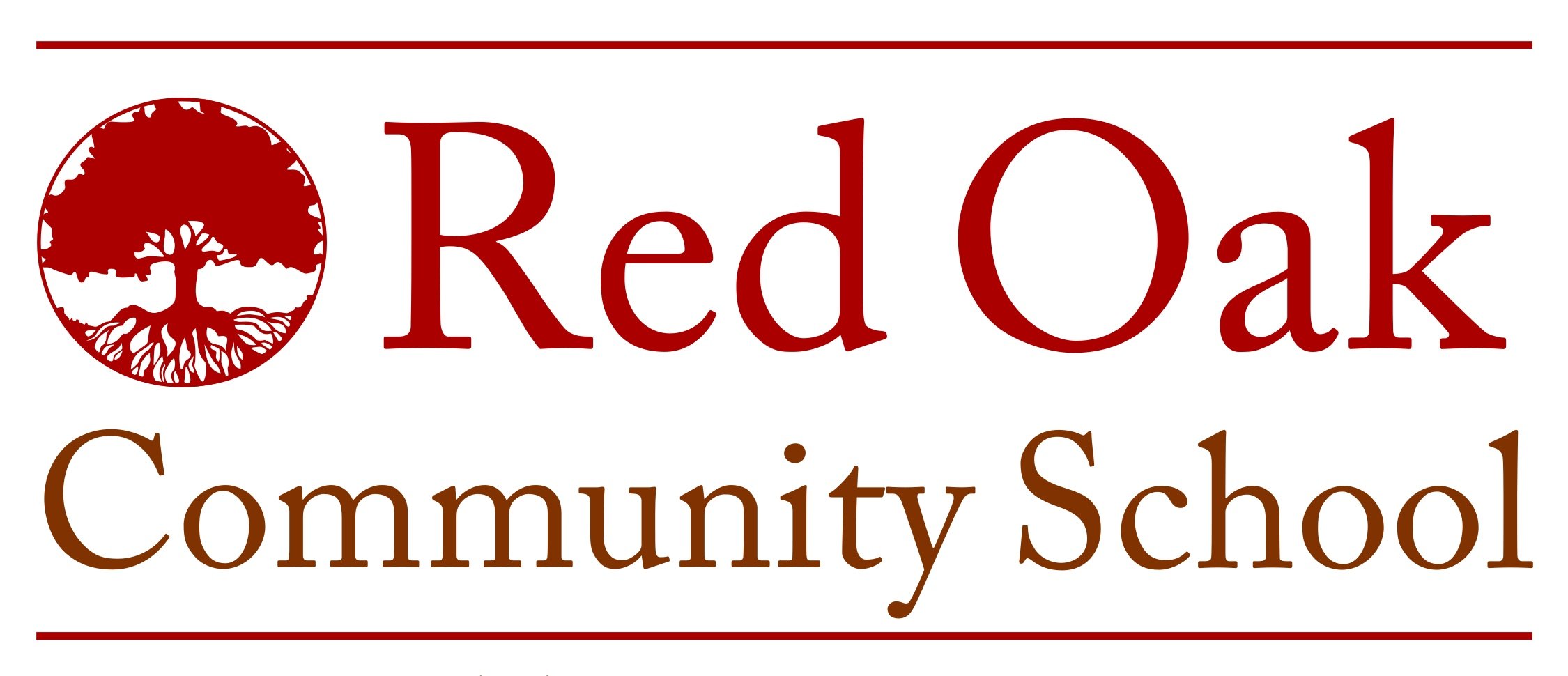Giving Kids Space to Make Community
Red Oak Community School was founded in part on the notion that children need to learn how to live in community with one another. As the school got off the ground last year, ROCS Director Cheryl Ryan began to understand that vision within the context of the 2 hours of unstructured time our kids spend outdoors each day. "There is science behind the large chunks of time we give the kids," she shared in a recent conversation. "They need that time to figure out whom they want to play with and what they want to play. Then they need time to play and to change the rules of their play and whom they are playing with."
Sounds rather simple on its face, but when you stop to think about what kids are learning as they navigate all of those steps of engaging in play, things become more complex. Cheryl notes, for example, that our children are developing social, executive function, conflict resolution, and cooperative skills as they figure out how to play together. Such social and emotional skills are often left behind in traditional school settings. At ROCS they are a primary concern, however, "The teachers are there to supervise but do not get involved unless they are asked for help or see space to encourage further thinking or action." In other words, the students are teaching and learning from one another, in community. We're giving kids space to be self-determined but socially aware human beings, rather than treating them as bodies needing to be managed by outside forces.
Cheryl shared the following story which illustrates this point.
"Recently I noticed conversations between some of my friends trying to figure out how to navigate situations where their kids were being bullied at school by other kids they thought were their friends. I was following the discussion, but I didn't have perspective because I hadn't experienced anything like it. It may be that this is happening at ROCS and I'm naive, but I haven't heard about it or seen it.
What I have seen is kids being kind and inviting to kids who don't come to school in a good mood. If those kids continue to struggle to settle in, I've seen staff approach such children's difficult behaviors with empathy. And I've seen kids let other kids know when they think their behavior is out of step with the caring culture of our school.
I was on vacation last week and reflecting on all this when I got this photo from Meridith, one of our teachers. The conversation that followed helped further my thinking about how institutionally, we organize the school so the kids have space and time to build community."



